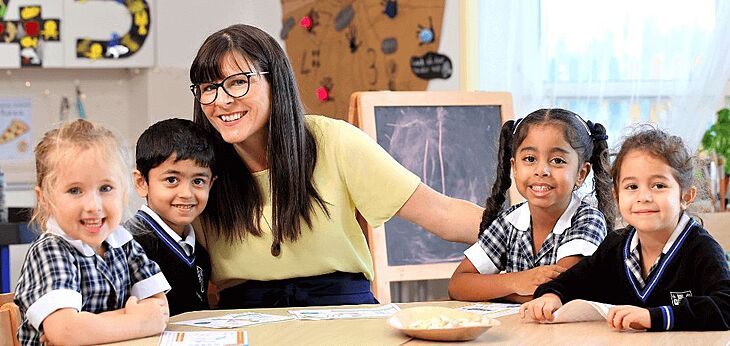
The benefits of reading for children are clear. Not only does it improve brain connectivity, increase comprehension and vocabulary, and enable empathy – it also opens up a whole world of creativity and imagination that is both stress-relieving and simply a whole lot of fun.
Reading should be a joy for children, not a chore. But research from 2014 by the National Literacy Trust found that children’s reading enjoyment drops off alarmingly between the ages of 8 and 16. It’s especially marked for boys, 72% of whom enjoyed reading at ages 8-11, plummeting to just 36% at ages 14-16 (compared to 83% of girls saying they enjoyed reading at ages 8-11, dropping to 53% at ages 14-16).
More recent research by the same body shows even more miserable results: children today read less frequently than any previous generation and enjoy reading less than young people did in the past. In 2019 just 26% of under-18s spent some time each day reading. This is the lowest daily level recorded since the UK-based charity first surveyed children’s reading habits in 2005.
But there are ways to inspire even children who ‘hate’ reading to jump on the bookish bandwagon again. Unless your child has a specific learning difficulty that might need addressing, there’s no reason why they should not love reading – it just means they haven’t found the books they love to read yet. We spoke to Natalie Clayton, Prep Curriculum Lead for English at Brighton College Dubai and Consultant Trainer for Ruth Miskin's Read, Write, Inc Programmes, for some tips on how to inspire a reluctant reader.
Reset Your Expectations
First of all, we have to reset our expectations of our children. Although you may have been a natural born reader, not all of us are, and that’s OK. “Reading was invented only a few thousand years ago and, although our brains are hardwired to see and to hear, they are not hardwired to read,” says Natalie Clayton. “A brain has to change for it to become a reading brain.”
See Reading In Context
Just as a child would need to be taught and would need to practice in order to get good at ballet or piano, a child needs the same in order to learn to read well, says Clayton: “In order to learn to read, each child has to start from scratch, building new circuits one by one. It’s vital that we teach our children to read really well because if we get the wiring wrong and the brain short circuits, we could very well end up causing future problems for our learners.”
Read To Them… Again And Again
OK so it might sound obvious, but reading to your child is the beginning of wiring their brains to become good readers. This is applicable whether they are 6 weeks old, 6 months, 6 years or even 16 (who doesn’t love being read to?): “Children thrive off repetition,” says Clayton. “When your younger child shouts ‘again, again’, do just that – as exhausting as it is! Let them join in with the phrases of the story, or deliberately change the phrases and watch them giggle at the irony.”
See The Funny Side
Wimpy Kid author Jeff Kinney says that sometimes adults focus so much on getting children to read they forget about the fun. “Share the story together and as you do, show your child that you find it funny, witty, clever,” says Clayton. “Show your child the ‘fun’ that you’re getting from it!”
Let Them Follow Their Interests
“You may not love ‘The Dinosaur that Pooped a Planet’, but if that's what your child wants to read, put aside your judgment for the greater good,” says Clayton. This is the only way your child will be able to find the genre of book that really speaks to them.
Don’t Offer Bribes
Avoid offering incentives and rewards for reading, says Clayton. “Reading is a pleasure and a reward within itself. By offering incentives we are giving children a negative message. When I read stories to the younger pupils, I always tell them that they will soon be able to read this story for themselves. They’re so keen to learn letter sounds as they can see the purpose.”
Pictures Aren’t Just For Little Kids
It’s amazing what a pictorially led book can do for an older child’s interest in reading. “There are many high-quality graphic novels that draw in readers through illustrations, short-form text, and engrossing story lines,” says Clayton. The Dogman series is a top choice for many 7-10 year old readers at the moment, while older kids and teens may enjoy anime-style fiction. Anything that gets them reading is good!






